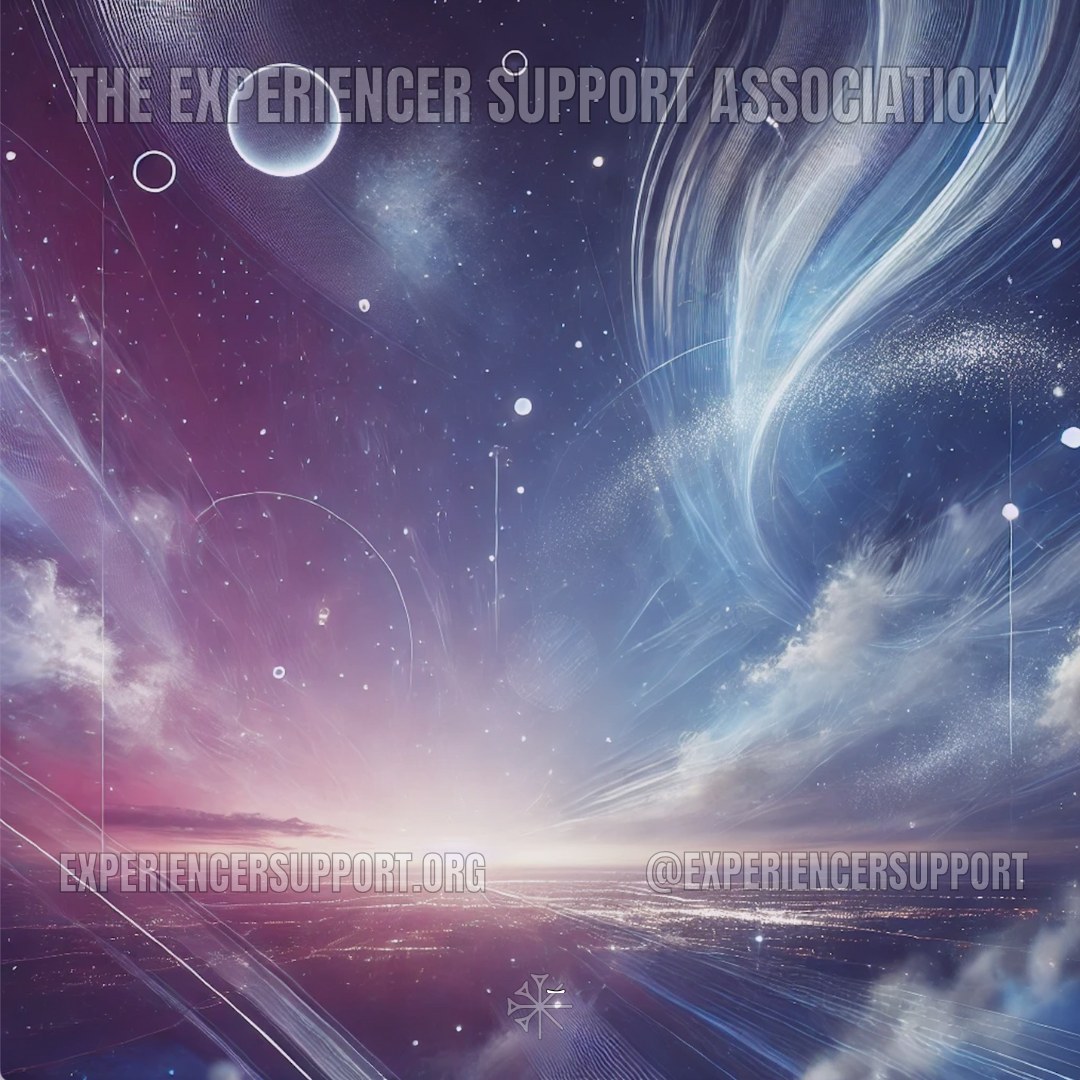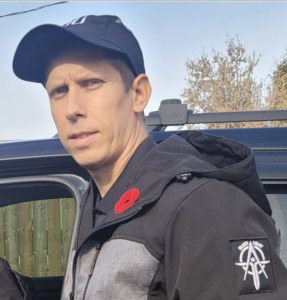Sky Canada Project Releases Preview to March 2025 UFO Report
- Post Date:
- Release Date: January 15, 2025

The release of the Sky Canada Project’s preview report marks a pivotal moment in Canada’s approach to Unidentified Aerial Phenomena (UAP). As the first government-sanctioned study in decades, this report highlights how UAP sightings are managed and proposes transformative recommendations for transparency and scientific inquiry. The Experiencer Support Association (TESA), through its commitment to unbiased research and bridging gaps between experiencers and government entities, offers a critical yet constructive perspective on the report.
Sky Canada Project: A Bold Step ForwardÂ
The Sky Canada Project, led by the Office of the Chief Science Advisor (OCSA), aims to address the public interest in UAPs and align Canada’s practices with global efforts. Key recommendations include creating a centralized federal body for UAP reporting and analysis, improved public engagement strategies, and stronger international Collaboration.
The project’s strengths lie in its emphasis on transparency and scientific diligence. It acknowledges gaps in Canada’s current UAP reporting mechanisms and proposes actionable solutions to mitigate misinformation while fostering public trust. Notably, the report highlights the need for a dedicated agency—potentially hosted by the Canadian Space Agency (CSA)—to collect, investigate, and publicly share UAP data. This approach mirrors successful models from countries like the United States (AARO), France (GEIPAN), and Chile (SEFAA), underscoring the value of structured, centralized research initiatives.
While the Sky Canada Project sets a strong foundation, TESA’s independent audit reveals areas requiring further scrutiny and elaboration.
Â
The Gaps and Opportunities
UAP data in Canada is currently scattered across multiple agencies, with no cohesive system for collection and analysis. Federal departments such as Transport Canada, the Department of National Defence, and NAV CANADA receive reports but lack consistent protocols for sharing data or conducting follow-ups. This fragmented approach hinders scientific investigations and limits the ability to identify trends or patterns in UAP sightings. For example, reports from pilots may not align with those submitted by civilian witnesses, leading to data silos that reduce the overall quality and reliability of the information.Â
The Sky Canada Project’s survey of 1,008 Canadians provides insights but leaves critical questions unanswered. How were participants selected, and why were experiencer communities and organizations like TESA excluded? This omission highlights the need for broader representation and consultation to ensure the survey captures the full spectrum of public and expert perspectives. Additionally, the survey results—which indicate that 40% of Canadians don’t know where to report sightings—underscore a lack of public awareness that must be addressed through improved outreach and education.
The lack of accessible, reliable platforms for UAP reporting contributes to public confusion and the increase of false information. Social media often becomes the default avenue for sharing sightings, leading to a mix of credible reports and unverified claims. The Sky Canada Project’s emphasis on transparency is commendable, but TESA’s experience demonstrates that combating misinformation requires a multifaceted approach. This includes proactive public education, real-time reporting tools, and Collaboration with trusted scientific and investigative organizations.
Â
Bridging the Gap
As a mediator between experiencers and government bodies, TESA is uniquely positioned to augment the Sky Canada framework.
TESA’s hierarchical approach to UAP data categorization provides a detailed framework for analyzing sightings. The Ultraspectrum Classification System (UCS) organizes reports by category, type, subtype, and archetype, offering a structured method for distinguishing natural phenomena, artificial objects, and unexplained occurrences. Incorporating this system into the Sky Canada framework could enhance data analysis and support more accurate conclusions.
TESA’s established outreach initiatives, such as its website and public reports, are designed to foster transparency and trust. By collaborating with the Sky Canada Project, TESA can help demystify UAPs for the public, reduce stigma around reporting, and promote informed discussions
TESA’s existing relationship with Transport Canada demonstrates the value of partnerships in advancing UAP research. By expanding this Collaboration to include the CSA, TESA can contribute its investigative methodologies and data analysis capabilities to create a comprehensive network for UAP investigation. This could include joint training programs for pilots and air traffic controllers to encourage reporting and improve data quality.
Addressing Public Concerns
Public skepticism and trust remain critical issues.
The Sky Canada Project’s survey reveals that 27% of Canadians have witnessed a UAP, but only 10% reported their experiences. This highlights a significant gap in public awareness and trust. TESA’s role as an ombudsman-like entity can help bridge this gap by providing accessible, non-judgmental platforms for reporting and analysis.
TESA’s CADORS-based reports serve as a model for how independent organizations can complement government efforts. By comparing and contrasting findings, TESA can offer valuable insights to enhance the integrity of UAP research. . As an example, TESA’s reports identify trends in aviation-related UAP sightings, which could inform government policies and improve aviation safety.
To maximize the impact of the Sky Canada Project, they could establish a unified platform integrating civilian and governmental data, leveraging TESA’s existing methodologies. This platform should include bilingual reporting tools, real-time data sharing, and public access to verified information.
They can also develop tools to educate the public about UAPs and counter misinformation. Examples include mobile apps for real-time reporting, interactive dashboards for data visualization, and partnerships with science centers and libraries to host educational events.
In addition they can collaborate with entities like NASA’s UAP office and France’s GEIPAN to adopt proven methodologies and share data. This could involve joint research initiatives, workshops, and conferences to align Canada’s efforts with global standards.
And lastly, they could involve experiencer communities and independent organizations like TESA in consultations to ensure diverse perspectives are considered. This approach would foster trust and encourage more Canadians to participate in UAP research.
In the end, the Sky Canada Project represents a significant step toward transparency and scientific inquiry in UAP research. By addressing identified gaps and embracing Collaboration with organizations, Canada can position itself as a global leader in this evolving field.
TESA remains committed to supporting experiencers and fostering trust through unbiased research and education. With government bodies and international partners, we can demystify the unknown and unlock the potential for groundbreaking discoveries in the skies above.
My Questions for Sky Canada
How were participants for the public survey selected, and what methods ensured diverse representation?
- How were participants for the public survey selected, and what methods ensured diverse representation?
- Why were experiencer communities and organizations like TESA not included in the consultation process?Â
- What specific criteria determined which organizations were consulted during the Sky Canada Project?
- What criteria were applied to identify and select experts and individuals for consultation?
- Why were TESA’s CADORS reports submitted for review not considered or acknowledged in the study?Â
- Are there plans to create a centralized, accessible platform for Canadians to report UAP sightings?
- How will this platform address misinformation and ensure the reliability of submitted data?Â
- What protocols will be established to standardize UAP reporting and data sharing across agencies?
- Will the raw data collected by Sky Canada be made publicly available, and if so, when?
- How does the project plan to engage with international bodies like NASA, GEIPAN, or SEFAA?
- Are there specific roles envisioned for independent organizations like TESA in supporting the project?
- What specific steps will be taken to ensure scientific rigour in UAP data analysis?
- Are there plans to involve citizen scientists or other public stakeholders in future research efforts?Â
- What strategies will be implemented to improve public trust and awareness regarding UAP reporting?
- How will the government ensure timely updates and transparency about the project’s progress?
Once I receive the answers, I will report here for another article. Stay tuned.
- Canada, Extraterrestrial Research, Government Transparency, International Relations, Investigations, Public Perception and Media, Science, UAP Research and Analysis, World
- All-domain Anomaly Resolution Office (AARO), Canada, Canadian Space Agency (CSA), Department of National Defence (DND), Groupe d'études et d'informations sur les phénomènes aérospatiaux non identifiés (GEIPAN), Office of the Chief Science Advisor, Sección de estudios de fenómenos aéreos anómalos (SEFFA), Sky Canada Project, Transport Canada, UAP, UFO, Ufology, Ultrapsectrum Classification System (UCS)
-
 Ryan Stacey
Ryan Stacey



